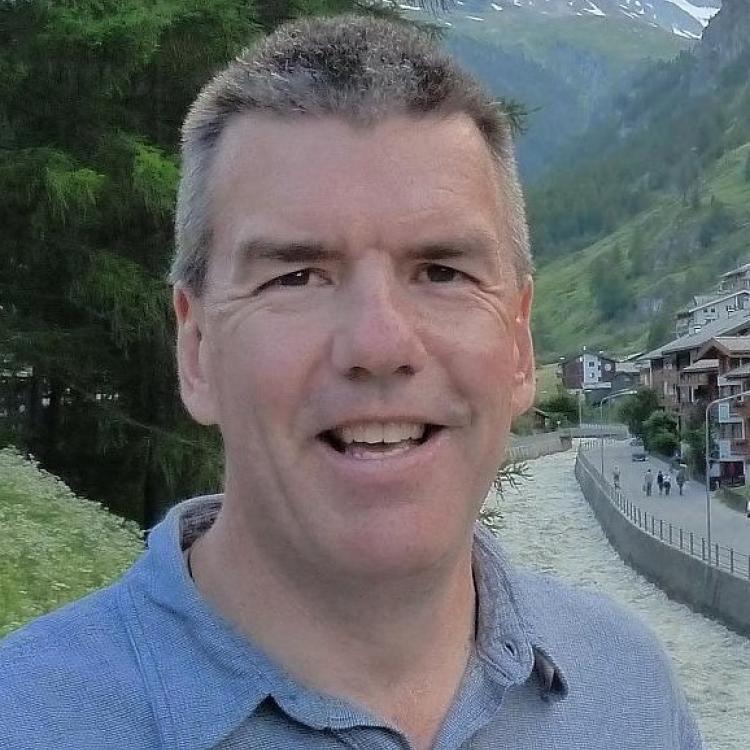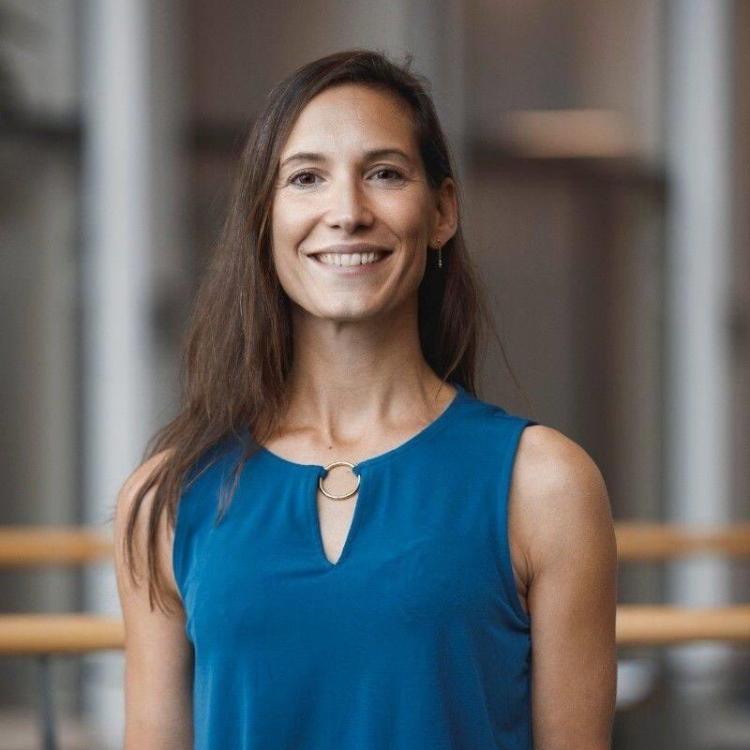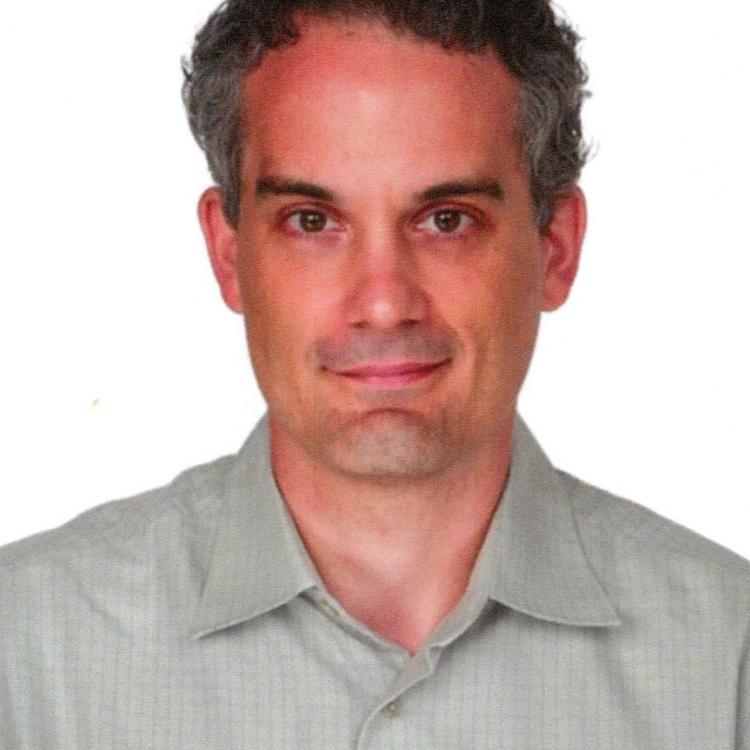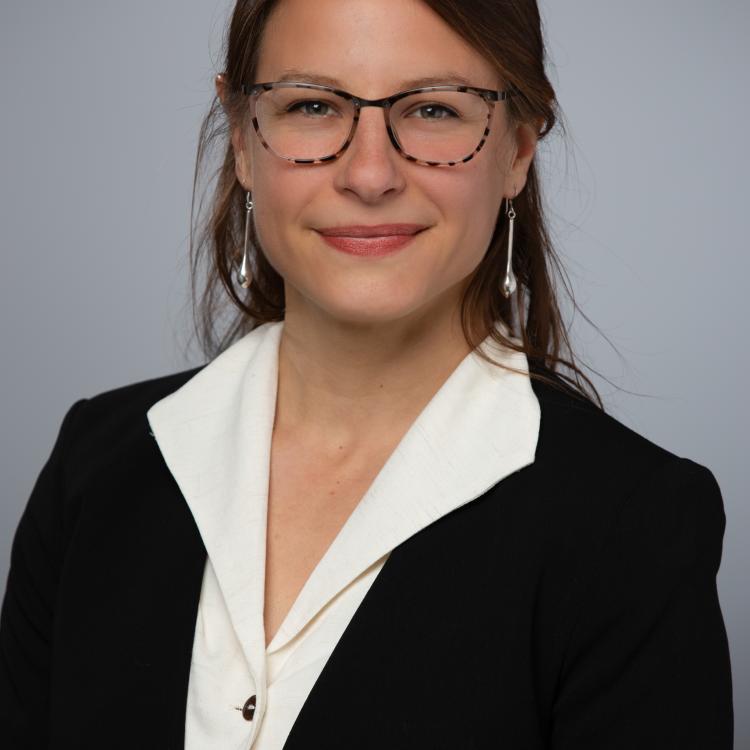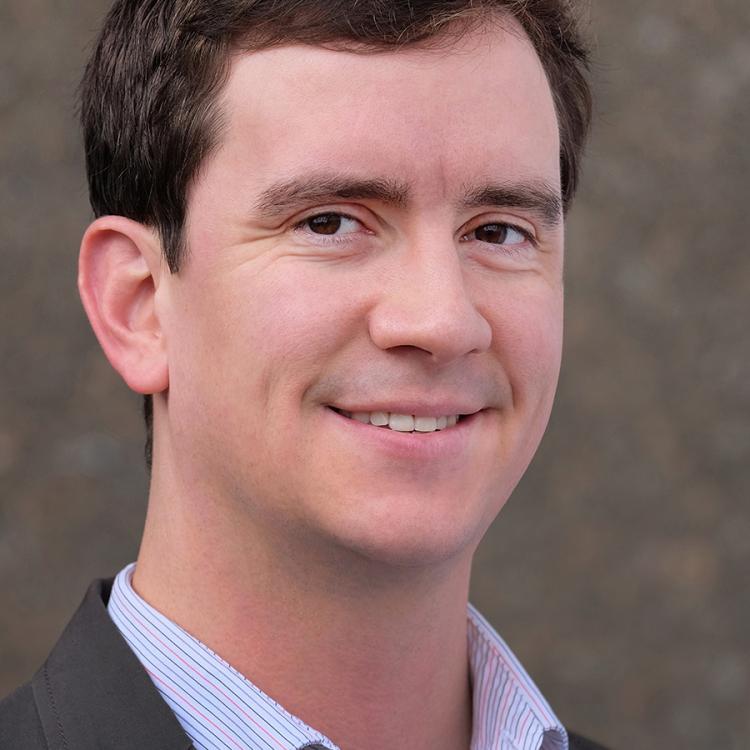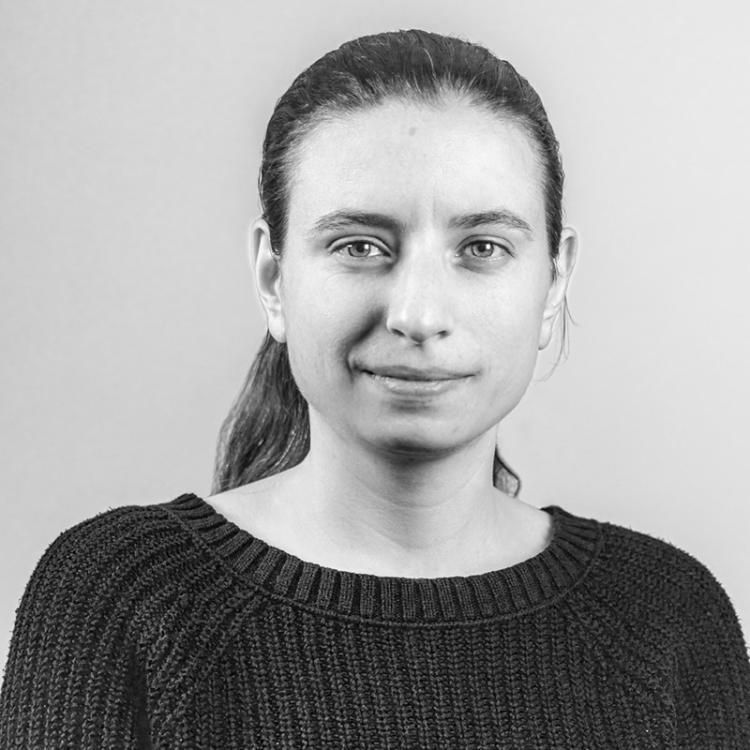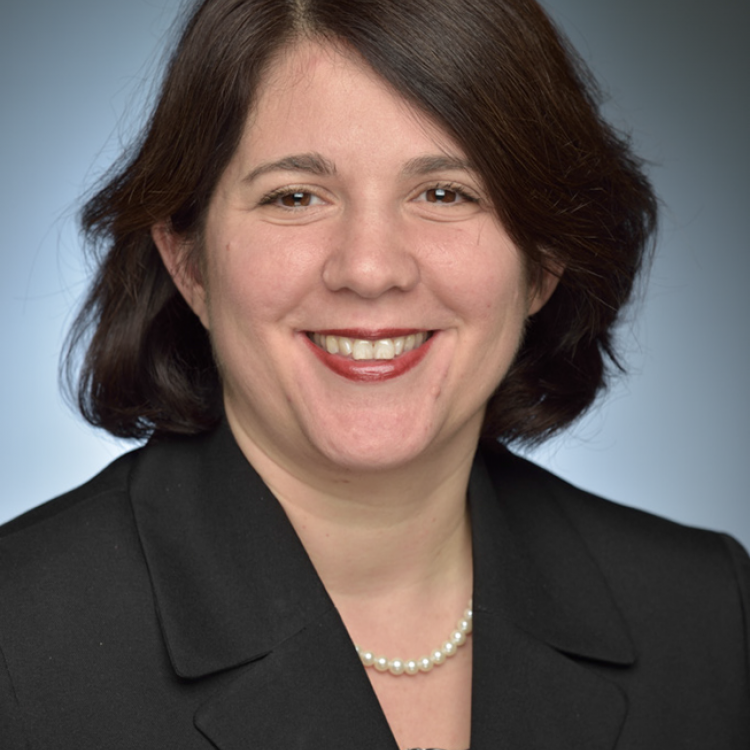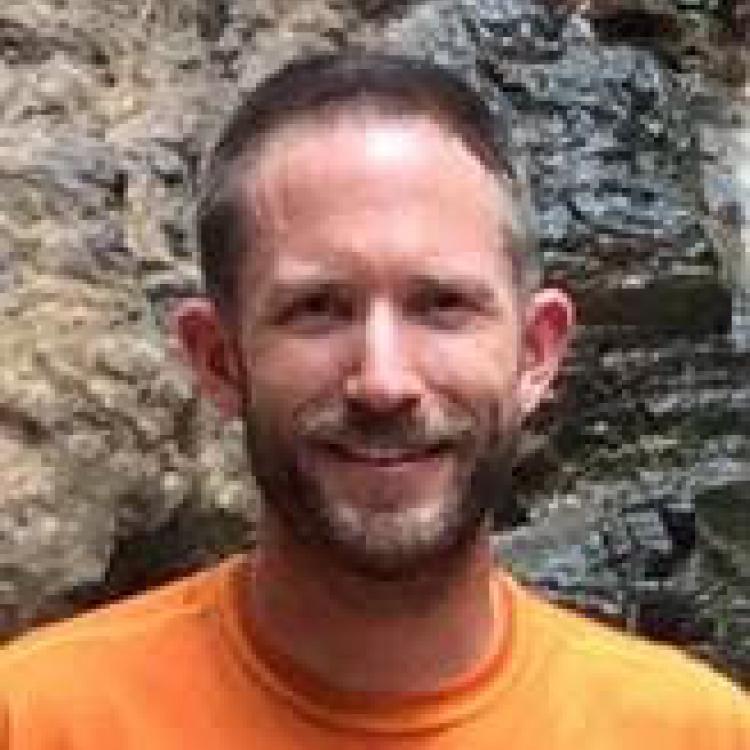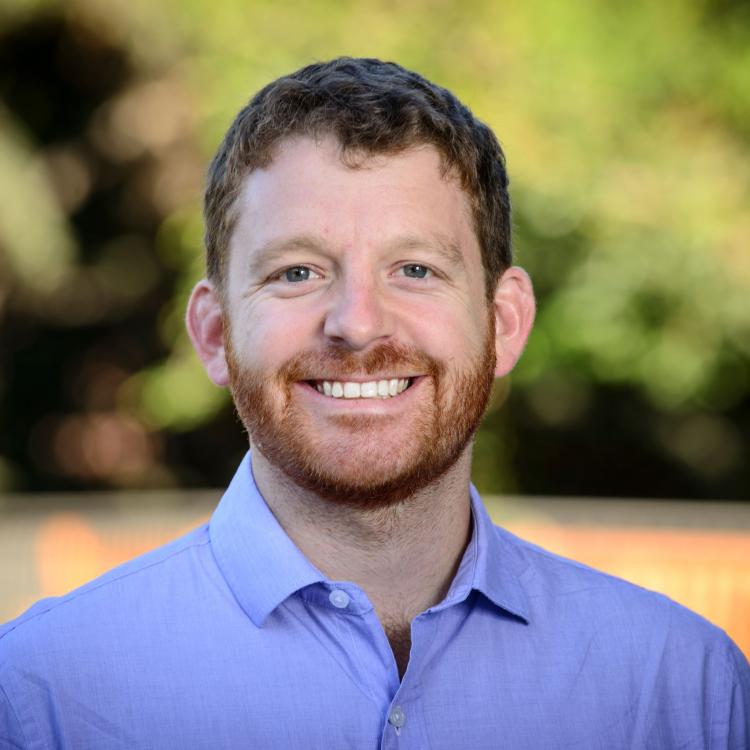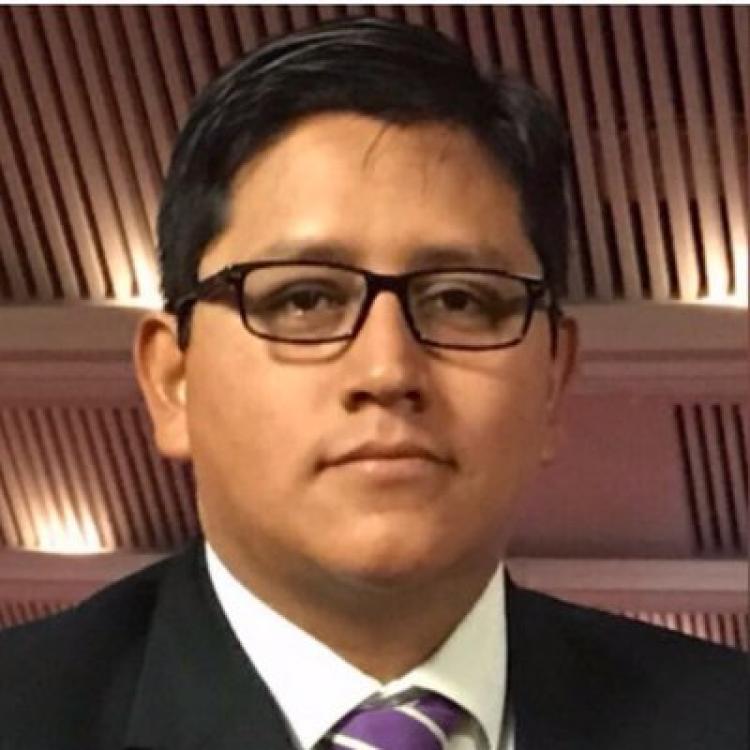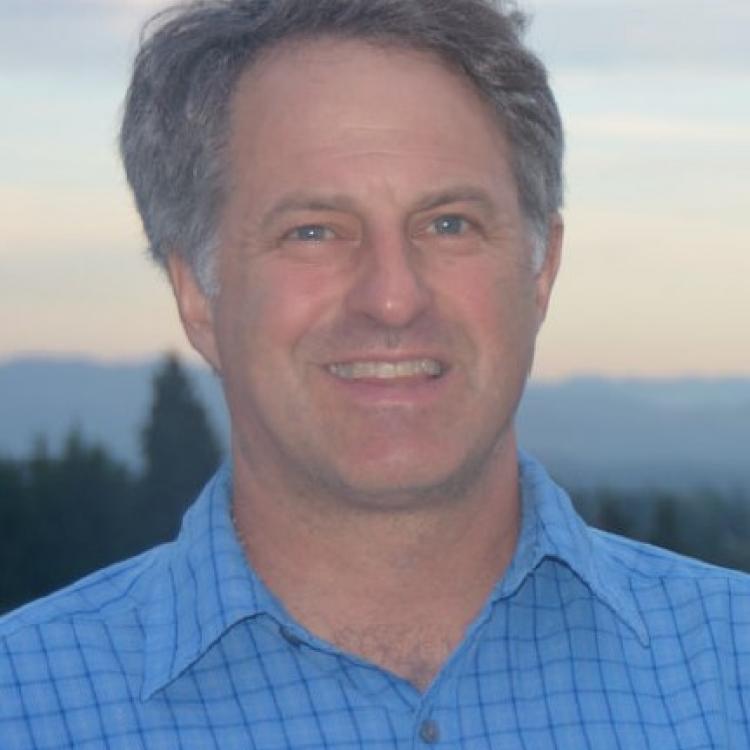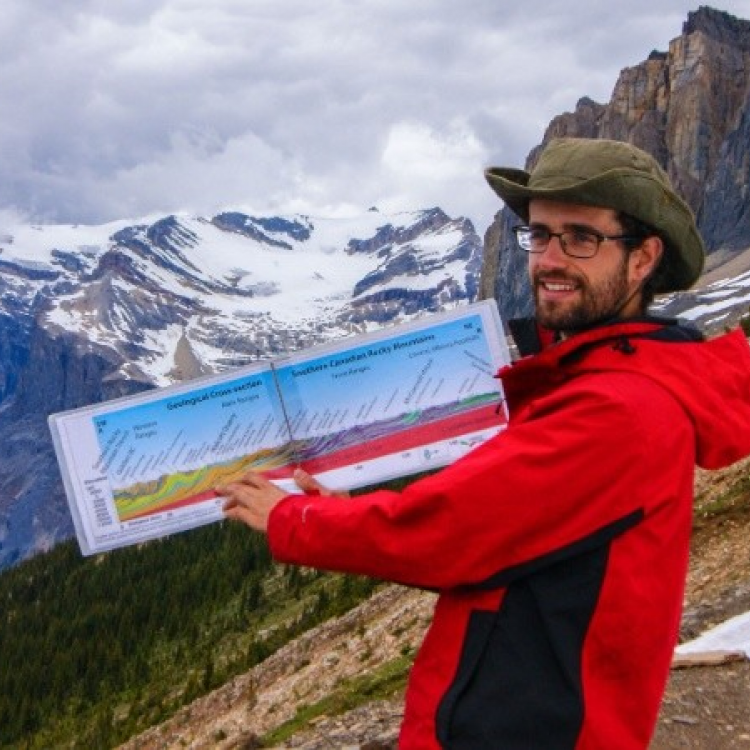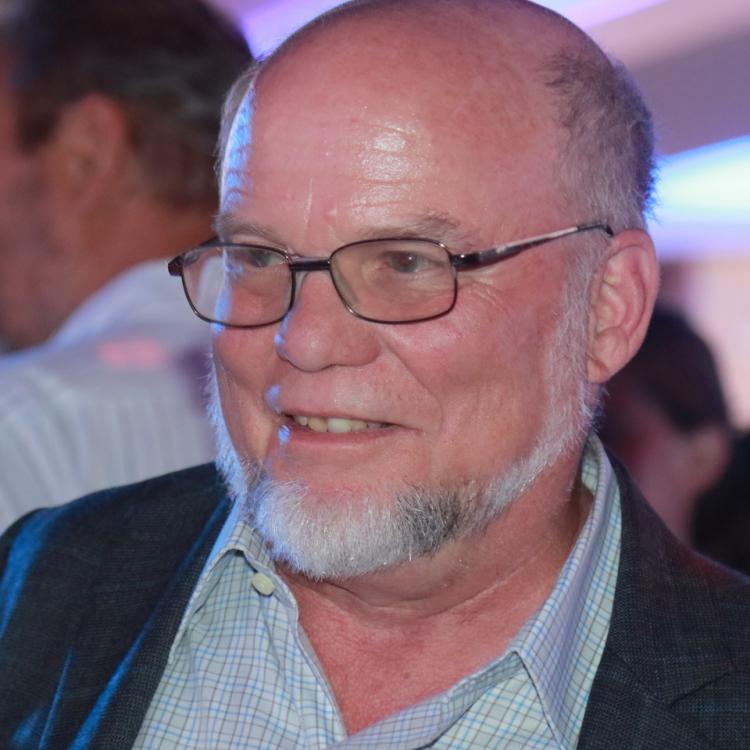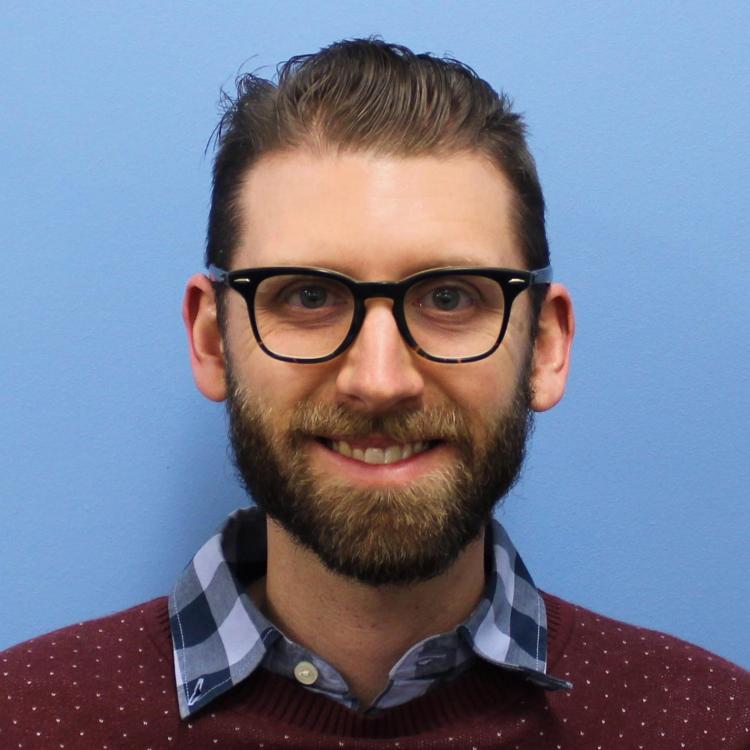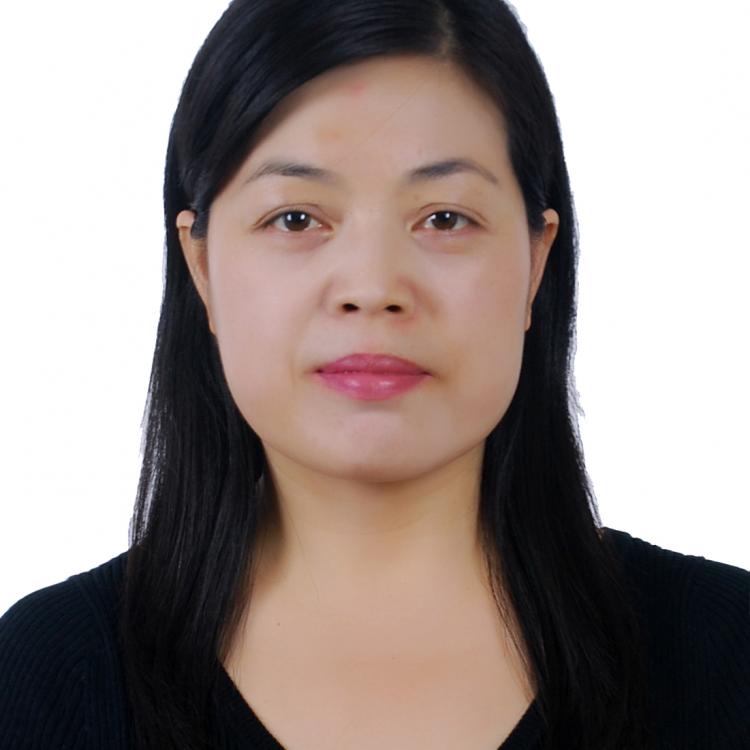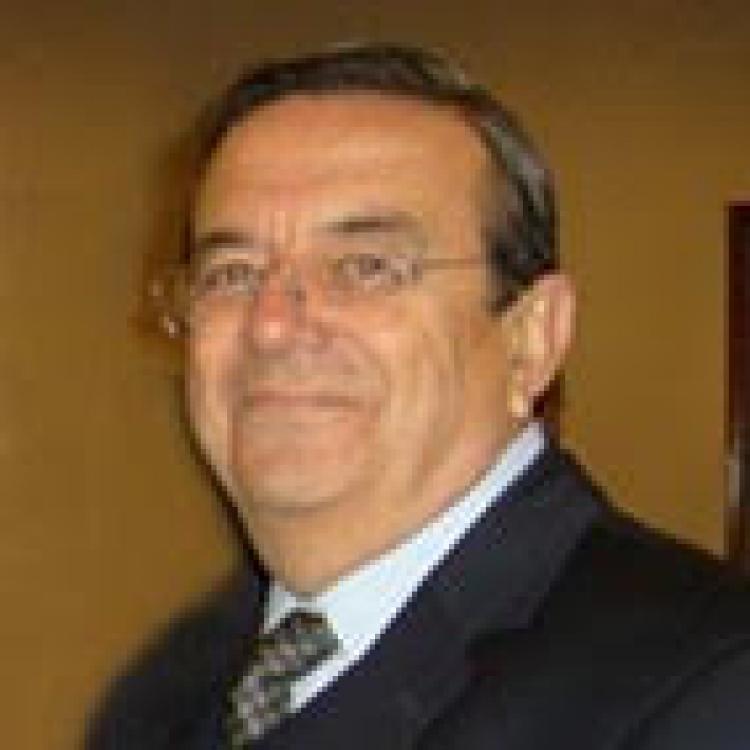Date
Date and Time
October 22, 2020 03:45 PM (PDT)–04:45 PM (PDT)
Abstract
To facilitate discovery and development of blind geothermal systems in the Great Basin region, as well as assessment of known systems with surface hot springs, a play fairway approach was developed to evaluate and integrate multiple geologic and geophysical parameters for permeability and heat. Phase 1 of the project produced a geothermal potential map of 96,000 km2 of Nevada. This analysis yielded 24 highly favorable locations with particularly high fairway scores, from which five promising sites were selected for detailed studies. The Sou Hills was chosen as a detailed study area due to a complex structural setting, plethora of Quaternary normal faults, and relatively high rates of both regional strain and slip on Quaternary faults.
Our analysis of the Sou Hills utilized: 1) detailed geologic mapping of ~60 km2, 2) reconnaissance mapping of >200 km2, 3) analysis of Quaternary faults, 4) detailed logging of cuttings from four, previously drilled wells (~2,000 m) and integration of ~5,500 m of existing logs from nine other wells, 5) a new gravity survey (355 stations), 6) LiDAR acquisition for 290 km2, 7) a shallow temperature survey (82 stations), 8) interpretation of seven seismic reflection profiles, 9) slip and dilation tendency analyses, and 10) geochemical analyses of 23 water samples. Integration of these datasets shows that the Sou Hills occupies a major accommodation zone between oppositely dipping Quaternary normal fault systems. As such, the area is characterized by multiple, closely-spaced, west- and east-dipping Quaternary normal faults, many of which are favorably oriented for slip and dilation in the current stress regime. Seismic reflection and gravity data show an extensional anticline in northernmost Dixie Valley directly south of the Sou Hills. The anticline marks a zone of multiple intersecting, oppositely dipping normal faults and represents a particularly favorable site for potentially hosting a geothermal system.
Session
Speakers
Session Code
TSTHC11
































